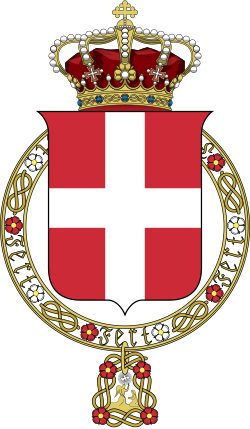Pelloux I government | |
|---|---|
| 36th Cabinet of Italy | |
 | |
| Date formed | 29 June 1898 |
| Date dissolved | 14 May 1899 |
| People and organisations | |
| Head of state | Umberto I |
| Head of government | Luigi Pelloux |
| Total no. of members | 11 |
| Member party | Historical Left |
| History | |
| Predecessor | Di Rudinì V Cabinet |
| Successor | Pelloux II Cabinet |
The Pelloux I government of Italy held office from 29 June 1898 until 14 May 1899, a total of 319 days, or 1 year and 15 days. [1]
